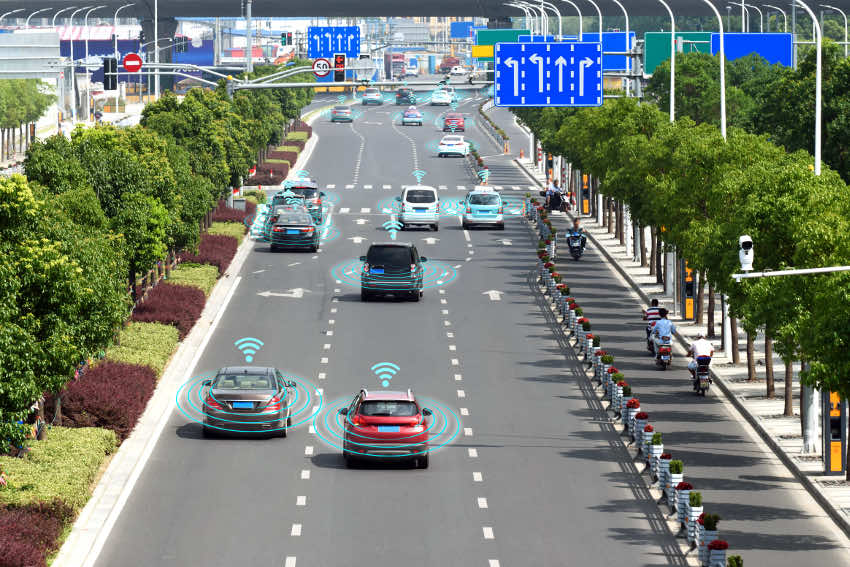The U.K is officially moving forward towards autonomous cars with the first steps towards legalizing “hands-off and eyes-off” driving under specific conditions.
The conditional legalization of self-driving cars in the U.K comes after an announcement from the UK’s Department of Transport that said the driver wouldn’t need to pay attention to the road while sitting in the driver’s seat. Autonomous driving systems completely left on their own are considered a threat, however, the new announcement comes stating that it would save lives.
With this changed narrative, people would be able to prepare for an important office meeting they are headed to or could check the cell phone for important notifications. Not wasting a minute while moving towards their destination sounds more than interesting to me, given the kind of busy lives people have in today’s world.
For as of now, only level two driver assistance is legal which asks the drivers to keep an eye on the road and a hand on the steering wheel to prevent from an unforeseen incident to take place. The autonomous systems widely available in the consumer cars have a shortcoming in their designed algorithms, and could fail in many instances such as they were previously found not able to detect “dark objects at night.” However, the announcement by UK’s Department of Transport is entirely different, drivers won’t need to pay a tiny bit attention to the road, noteworthy is, only under some conditions.
The new law will come to play by the end of this year and will enable the UK for completely autonomous driving in “Automated Lane Keeping Systems.” The new level 3 policies for self-driving vehicles will be seen in the EU and parts of Asia allowing users to roam “hands and eyes off” the road in a world first. However, this new announcement comes limiting the speeds to 60 km/h and is only applicable for the motorways that are a no-go zone for pedestrians and cyclists.

The autonomous cars will ring the drivers with a request to takeover, detecting the zone where it would need that assistance. Once it requests, will leave the drivers with a 10 seconds margin to streamline things and get back to driving the car. However, in case it doesn’t detect human supervision, the car will flash the hazards and will decrease the speed to stop.
The move isn’t as effective as what we expect from the future self-driving cars. The speed limits with the new law will only allow the cars to go up to a speed that isn’t affiliated with motorways at all. Moreover, the cars aren’t allowed to shuffle lanes in the new law. But it still makes a significant step moving forward towards autonomous driving cars at a consumer level.

“Automated driving systems could prevent 47,000 serious accidents and save 3,900 lives over the next decade,” says SMMT Chief Executive Mike Hawes, “through their ability to reduce the single largest cause of road accidents – human error. Technologies such as Automated Lane Keeping Systems will pave the way for higher levels of automation in the future.”


